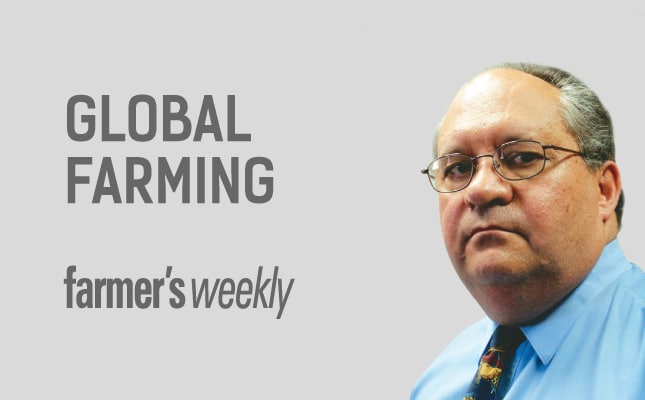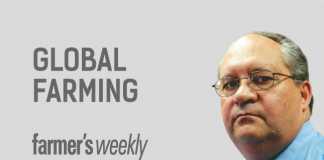
In its January 2014 update to the World Economic Outlook, the International Monetary Fund (IMF) forecast that the global economy would grow by 3,7% in 2014, (up from 3,0% in 2013) and by 3,9% in 2015. Growth in advanced economies will recover to 2,2% (1,3% in 2013). The developing world will grow at an estimated 5,1% in 2014 and 5,4% next year.
Clearly, the economic recovery is strengthening.
READ:Rhino poaching numbers down in Kruger, but spiking elsewhere
US growth for 2014 is estimated at 2,8%, up from 1,9% last year. Growth in the Euro area, which has moved out of the recession, is expected to increase to 1% in 2014 and 1,4% in 2015. In the UK, easier credit conditions and increased consumer confidence will push growth to 2,4% in 2014. The Japanese economy, meanwhile, is expected to slow down less than expected and will still grow at 1,7% in 2014.
Turning to emerging and developing countries, China’s economy recovered in the second- half of 2013 and will grow at 7,5% in 2014 and 2015. Other developing countries are benefiting from the increased demand in China. Demand, however, is still weak, mainly as a result of tighter financial conditions imposed in mid-2013. Factors could undermine the IMF forecast, though. Advanced economies experience very low inflation, and lower-than-expected inflation increases real debt burdens and interest rates.
This may result in a slowdown in economic activity or even stagnation, especially if there are external shocks. In emerging markets capital flow volatility has increased, as has currency volatility. This may result in capital outflows and exchange rate adjustments. South Africa’s economy grew by 0,7% in the third quarter of 2013, down from 3,2% in the second quarter. Economic growth has improved from the third quarter and total growth for 2013 is estimated at 1,9% (2,5% in 2012).
The Reserve Bank expects growth of 2,8% in 2014 and 3,3% in 2015, still below the potential of between 3% and 3,5%.
Economic growth will remain modest, then. Credit extension to households and companies is still low compared with the 10% peak reached in December 2012 and the double-digit growth experienced before 2009. Formal non-agricultural employment decreased by 1,5% in the second quarter of 2013 as the private and public sectors shed jobs despite an increase in output.
Employment in the gold mining sector decreased by 11,4%, with more modest decreases in other sectors. The single exception is the electricity sector, where employment increased by 4,3%.
Inflation due to cost increases
The weaker rand increased the risk of higher inflation and was one of the factors that resulted in the Reserve Bank’s decision in January to increase the repurchase rate by 50 basis points to 5,5%. Inflation remained within the 3% to 6% target range for most of 2013. The Reserve Bank’s increase in the interest rate will have little effect on already subdued consumer spending.
Higher inflation is caused by the sharp increase in cost and not by excess demand. While food inflation is still low, administered prices increased at faster rates than the average of all products and services, rising by 7,8% to 7,9% per year.
Higher fuel prices caused by the weak rand and fast-growing administered prices will probably push CPI inflation above the 6% upper target. Retail sales growth remains erratic, with non-food items such as fuel and communication costs taking up a large part of the consumer’s income.
Further fuel price increases, the roll-out of the e-toll system in Gauteng, higher debt service charges and a general increase in administered prices will limit consumers’ ability to spend more on food. Fortunately, food inflation remains safely within the 3% to 6% range. The effect of the sharp increase in grain prices at the end of 2013 has not yet been felt.
Farmers’ profits hit hard
The shift in the income distribution of South Africa’s population as more people enter the middle class, as well as the effect of increased social grants expected in an election year, will drive food demand in future. Farmers, faced with sharply increasing input prices driven by the weak rand, and selling in rands to the domestic market, will find it difficult to maintain profit levels. Export industries will enjoy the short-term benefits of the weak rand until they have to pay for expensive imported inputs.
Economically, this will probably be a difficult year for farmers.
Dr Koos Coetzee is an agricultural economist at the MPO. All opinions expressed are his own and do not reflect MPO policy.



